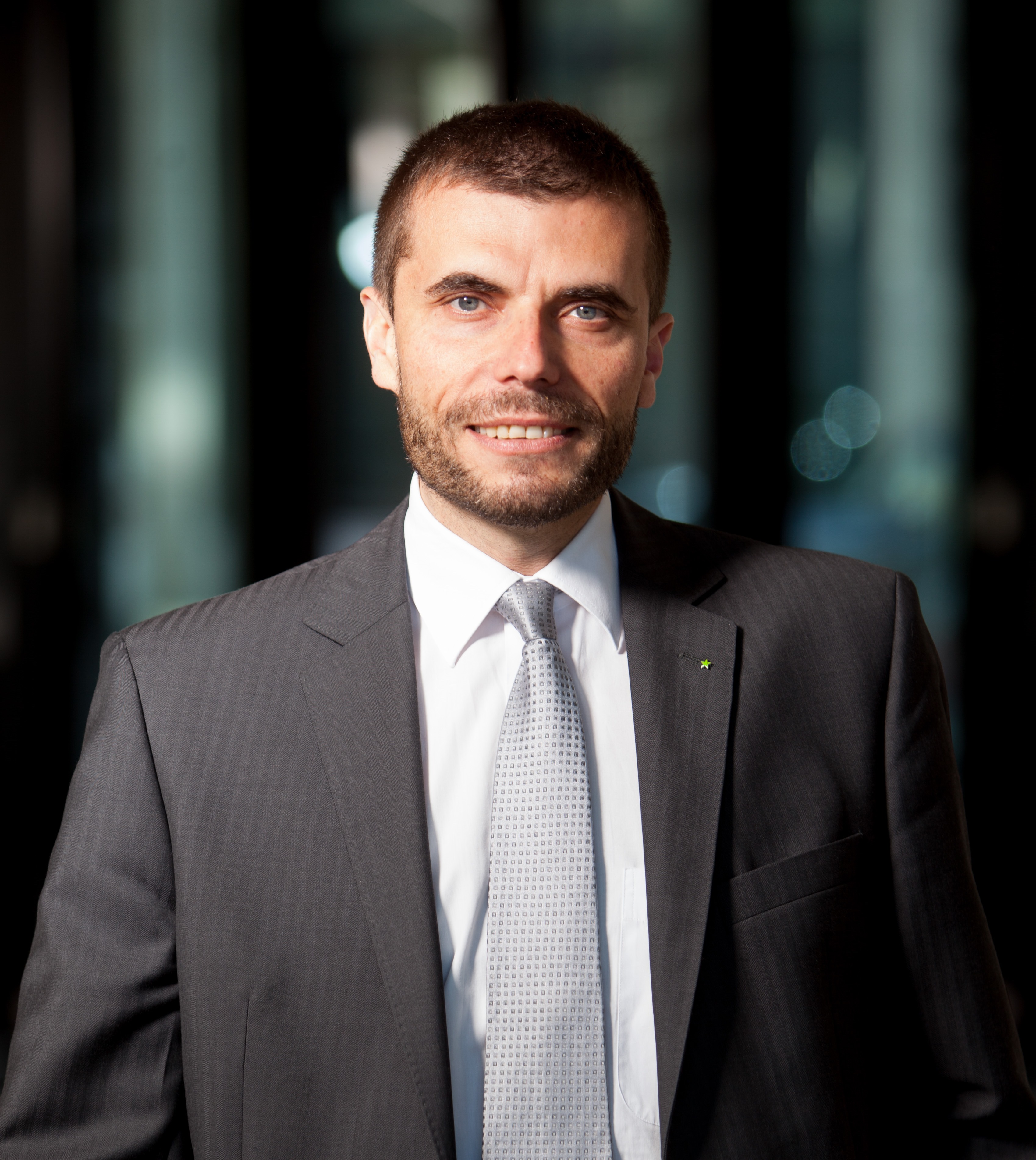24 June 2015
Interview with... Florian Guillermet - Executive Director SESAR JU
Executive Director SESAR JU
[Cleared n°6 - Year XII June 2015]
Executive Director SESAR JU
[Cleared n°6 - Year XII June 2015]

As Executive Director of SJU, how do you see the evolution of ATM in the near future and medium -long term, from the SESAR JU perspective?
The pace of change in European Air Traffic Management (ATM) is clearly picking up. Signalling this change are preparations now underway to deploy a first set of SESAR Solutions across Europe by 2020-2024 through the EU's Pilot Common Project. Other signs that change is happening is the increasing number of solutions which are being deployed locally.
These deployment plans and early local implementations are setting in motion an evolution towards a modernised ATM system, characterised by higher levels of automation support, better connectivity with the aircraft and wider interoperability between the ground systems. This evolution means that air traffic controllers will be able to focus on high value operational tasks, enabling them to handle the expected increase in traffic complexity.
At the same time, the sector is gradually working towards achieving greater interoperability between systems, as well as the virtualisation of services, which will enable ANSPs to develop leaner infrastructures and make more efficient use of their resources. These developments go hand in hand with progress towards Trajectory Based Operations (TBO), which will see the continuous sharing of the same information between airborne and ground actors via System Wide Information Management (SWIM) and data communications. Thanks to TBO, flight-centric operations will be possible, whereby airspace users will be able to fly their preferred routes and air traffic controllers will work on flows rather than individual flights, allowing for increased predictability and efficiency.
In the near future, we also expect to see increasing numbers of Remotely-Piloted Aircraft Systems (RPAS), which will necessitate the development of clear standards and low-cost system solutions to ensure their safe and efficient integration into the airspace. These are just some of the elements of the vision for the future ATM system, which are currently being captured in the latest edition of the European ATM Master Plan, the roadmap for ATM modernisation in Europe between now and 2035.
There is a full expectation in the continuation of the ATM Research in SESAR 2020. What are the key drivers and impacts that the upcoming programme will bring to ATM at European and worldwide scale?
In 2014, the mandate of the SESAR Joint Undertaking was extended by the European Union until the end of 2024. This was in recognition of the successful outcomes to date from the current programme (SESAR 1), as well as of the need to foster ongoing ATM research and innovation in Europe. This is where SESAR 2020 comes in.
Building on the lessons learnt from SESAR 1, we aim to define, develop and deliver solutions, which are increasingly performance and deployment-orientated and which can address emerging challenges and opportunities stemming from identified aviation and technology trends. Recognising the importance of global interoperability, we work very closely with our US counterpart, the NextGen Programme of Federal Aviation Administration (FAA), to ensure a broad commonality in terms of the core elements of both programmes. We also play an active role in ensuring alignment between the Master Plan and SESAR with the Global Air Navigation Plan (GANP) of International Civil Aviation Organization (ICAO).
What are the areas in which ATM can progress that are of a foremost importance in its innovation? What impacts to the European citizens and industry?
SESAR 2020 focuses on areas of the ATM value chain where the greatest performance gains can be achieved. These areas address the need to better integrate airports into ATM, advanced air traffic services, optimised network services and infrastructure enablers, such as SWIM and Communications Navigation and Surveillance (CNS). The focus of this work will be on delivering solutions that are cutting edge and on increasing the performance of Europe's ATM system, which is critically important for the sustainability of aviation and air transport, two sectors which drive European competitiveness, mobility and employment.
Achieving the vision set out in SESAR and the European ATM Master Plan would mean shorter flight times, increased predictability on arrivals and departures, fewer cancellations and delays, a reduction in CO2 emissions despite spite of the increased traffic, economic growth and employment. At a global level, Europe would be able to offer competitive products and services allowing it to retain its leading role in air transport and aviation.
You recently visited the ENAV Technical Center and the new Prototype Systems Center in Rome ACC. What is your view of the role of ENAV in the SESAR programme?
We are extremely fortunate to have ENAV as a member of the SESAR partnership, a company which shares our strategic vision for the future of ATM and is committed to pushing the boundaries of innovation. To make SESAR a success, we need to bring this innovation close to the ATM actors and close to the operations. This is a must in order to ensure a proper design of the new system, to validate new functionalities and procedures, as well to facilitate the transition towards the system's implementation.
In addition to performing validations close to operations, we also need to be flexible and reactive in the way we develop the system, in order to quickly implement feedback and reach higher maturity levels of operations and technology. The new ENAV facility in Rome is a clear illustration of this endeavour and a key asset in the context of the SESAR partnership. Seeing the company's technology and expertise on my recent visit, I believe that ENAV will continue to play a critical role in completing the R&I work in the current programme as well as SESAR 2020.


